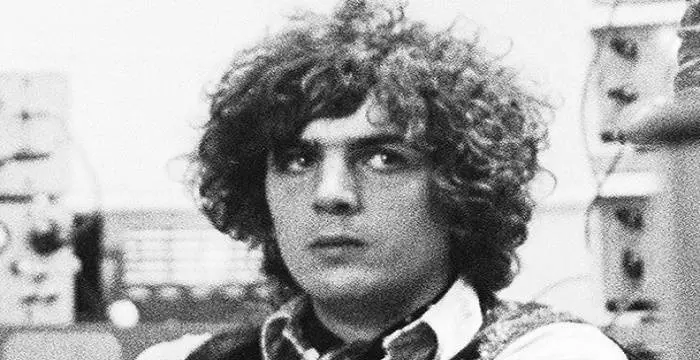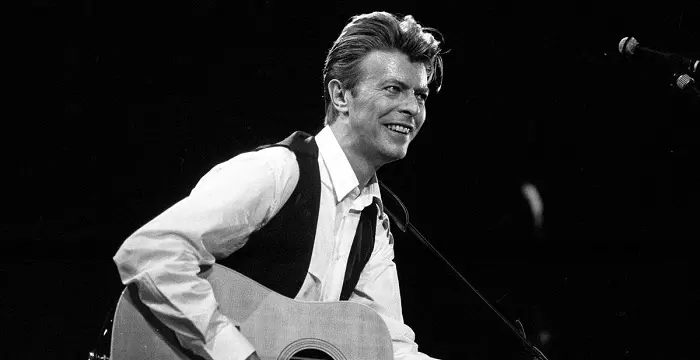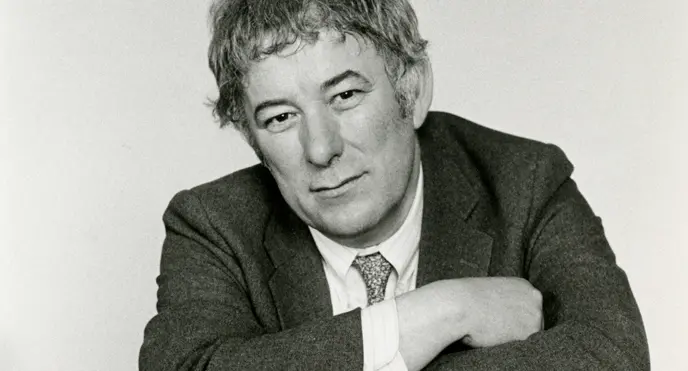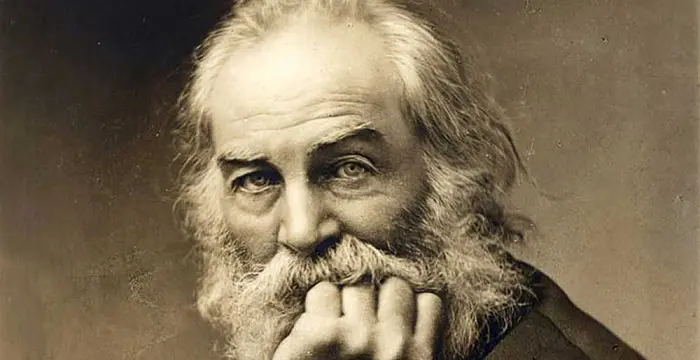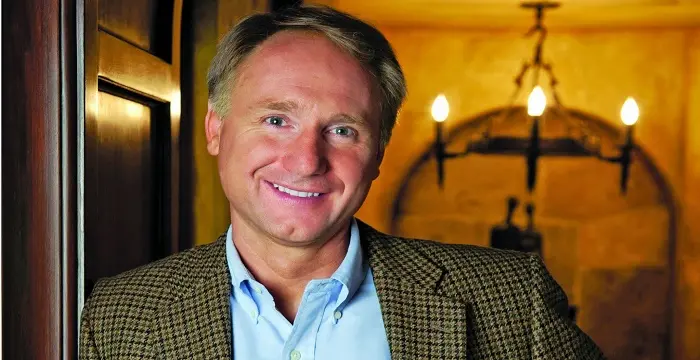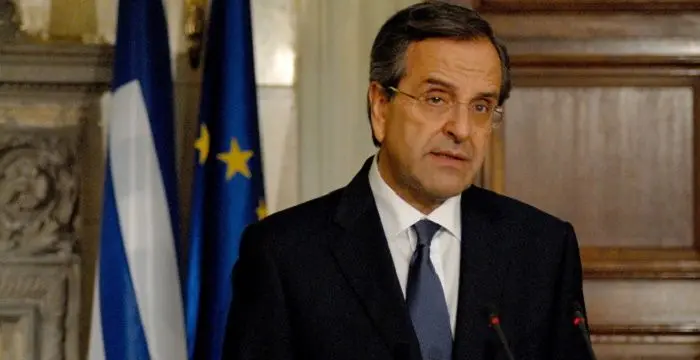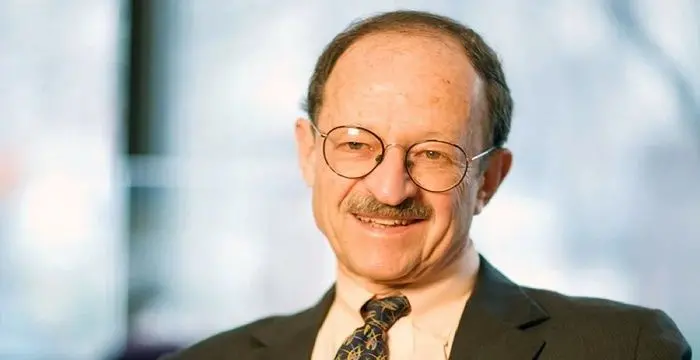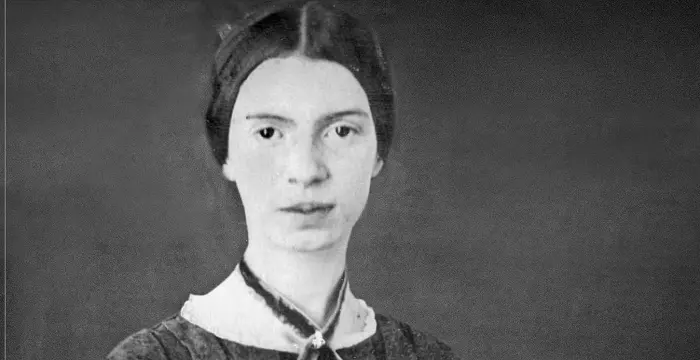
Emily Dickinson - Writers, Timeline and Facts
Emily Dickinson's Personal Details
Emily Dickinson was a well-known American poet
| Information | Detail |
|---|---|
| Birthday | December 10, 1830 |
| Died on | May 15, 1886 |
| Nationality | American |
| Famous | Recluses, Amherst College, Writers, Poets |
| City/State | Massachusetts |
| Siblings | Lavinia Norcross Dickinson, William Austin Dickinson |
| Universities |
|
| Notable Alumnis |
|
| Birth Place | Amherst |
| Epitaphs | Called back |
| Gender | Female |
| Father | Edward Dickinson |
| Mother | Emily Norcross Dickinson |
| Sun Sign | Sagittarius |
| Born in | Amherst |
| Famous as | Poet |
| Died at Age | 55 |
// Famous Recluses
Syd Barrett
Syd Barrett was an English musician best known as a member of the band Pink Floyd. Check out this biography to know about his birthday, childhood, family life, achievements and fun facts about him.
Lauryn Hill
Lauryn Noelle Hill is a famous hip-hop female artist from America who is into singing, songwriting, rapping, production and acting. Check out this biography to get detailed information on her life.
David Bowie
David Bowie was an English singer and songwriter famous for his musical innovation and visual presentation. This biography of David Bowie provides detailed information about his childhood, life, achievements, works & timeline.
Emily Dickinson's photo
Who is Emily Dickinson?
Emily Dickinson is hailed as one of the most prolific American poets of all time. Her legendary poems such as ‘Because I could not stop for Death’, ‘Success is counted Sweetest’, and plenty others, have not only found a placeon the shelves of major libraries, but have also occupied a convenient spot in the syllabi of eminent universities. It is odd that even though she possessed such articulate written skills, she lived her life in solitude and hardly interacted with family and society. Those who have read her poetry would testify to the fact that most of her greatest works reflect a serene, melancholic spirit. She not only wrote 1100 poetries in her youth, but also wrote hundreds of letters that mirrored unblemished compositions of finest literary work in the history of American Literature. Gifted with the art of weaving sentiments into words, it was unfortunate that her work was largely published posthumously as a result of her isolation; her contemporariesdid not have much knowledge of the tremendous literary abilities she possessed.Her poems have beenappreciated for her irregular use of punctuation and uncustomary capitalisation of letters, withbrief lines bearing profuse meaning.
// Famous Writers
Joyce Meyer
Joyce Meyer is a Christian author and speaker. This biography provides detailed information about her childhood, life, achievements, works & timeline
Temple Grandin
Temple Grandin is a well-known American writer, autistic activist and animal expert. This biography profiles her childhood, life, achievements, career and timeline
Tennessee Williams
Tennessee Williams was one of the greatest playwrights of the 20th century. This biography of Tennessee Williams provides detailed information about his childhood, life, achievements, works and timeline.
Childhood and Early life
She was born as Emily Elizabeth Dickinson on 10December 1830 in Amherst, Massachusetts, into a literate, respectable and prominent family. Her grandfather, Samuel Dickinson was the founder of the reputed Amherst College.
She was born to the learned lawyer and trustee of Amherst College, Edward Dickinson and Emily Norcross, a former student of ‘Monson Academy.’ Emily was named after her mother.She lived with her parents and two siblings – her elder brother William Austin and her younger sister Lavinia Norcross, at their homestead.
The family moved to Pleasant Street after the birth of Lavinia in order to accommodate Edward’s prospering political and legal career and for providing a bigger house for his children.
Edward wanted to provide his children with refined education. The education catered to Emily was not one that was usually provided to girls during the Victorian age. She received classical education that only the elite could afford.
Emily went to a primary school in Amherst before she was enrolled at the Amherst Academy. Along with being a brilliant and observant student, she took keen interest in piano and domestic chores, especially gardening.
After receiving seven years of formal education in Amherst Academy (1840), she began her education at Mount Holyoke Female Seminary in 1847. This was the first and longest time,where she spent a year away from her family.
Emily was cheerful and had plenty of female friends as a young girl, some of them were Abiah Root, Abby Wood, Emily Fowler, Susan Gilbert (who later married her brother William) and her best friend and cousin Sophia Holland.
She also had a couple of male friends, such as Benjamin Newton and Henry Vaughn Emmons.But she never showed any affection beyond friendship towards any of these male friends.
But what turned events for Emily was the sudden death of Sophia Holland; she was so shaken by the incident that she had to be sent away to Boston to recover from the trauma.
The death of Sophia brought many questions of death and mortality to the mind of young Emily. The fact that the backyard of her house faced a cemetery added to her morbid fascination with death. Thus, it is presumed that the loss of her loved ones inflicted on her mind the pain of mortality, on which she later wrote several poems.
Literary Revelation
Benjamin Franklin Newton, a student of Edward Dickinson and Emily’s tutor had deep regard for her and introduced her to the work of William Wordsworth. In 1848 he giftedher the collected works of Ralph Waldo Emerson, that she described as written to “touch a secret spring.”
When she was 20, she read everything from ‘The Holy Bible’ to contemporary literature, she wrote a letter to her brother, in which she expressed her growing interest and desire to write. She also referred to the aspect of individuality and stressed on how different she felt from others.
A Poet & Essayist
The years from 1858 to 1865, saw a steady leap in her work. She based her writings, especially her poems on a few themes – she wrote several poems on nature and flora; some ballads venerating a ‘Master’ or ‘Sire’ that was conjectured to be her love; gospel poems based on the parables of the Bible; and poetry on death and mortality.
Her family moved back to the homestead, and her brother married Susan and had three children. Susan, now a mother, had to devote the bulk of her time to her children,slowly creating a gulf between herself and Emily Dickinson.
Withdrawal from Society
Soon after, her mother acquired a chronic illness.Hence, Emily took on the role of nursing her mother. Edward bought a conservatory during this time where Emily used to grow climate sensitive plants. She confinedherself to the mansion boundaries, it was only the time she consumed in writing and gardening that brought her solace and respite.
By 35, she had written over a 1000 poems that she categorised in manuscripts; she had sent Samuel Bowles, the chief editor of ‘Springfield Republican’, around 50 poems of which he published a few anonymously in his journal.
In the late 1860s she continued to write. However, she stopped collecting her poetry, which became fragments of poetic art. In 1872, she met judge Otis Phillips Lord, who was a respectable and elderly man.
Historiansstate that the two wrote plenty of letters to each other, and she was in love with him, however the huge gap in their ages was an obstacle. All speculations ended with his death in 1884.
She received no awards in the years that she treaded the earth. She restricted herself from social interactions. She was weary of her letters that she had written and wanted them destroyed.
She sent her poems and letters only to close family and friends who appreciated her writing skills and never solicited recognition for the same. It was only after her poems were published that she was looked upon as a ‘transcendentalist’ as her contemporary, Ralph W. Emerson.
Major Works
Emily Dickinson’s works were mostly published posthumously. The bulk of her works was retrieved by her sister Lavinia after the poet’s death. Her sister burnt most of her letters as she had promise Emily, but she recognised the prominent worth of her poems and wanted the world to applaud her sister’s works.
With the help ofMabel Loomis Todd in 1890, an edited version of Emily Dickinson’s poems was published by T. W. Higginson, but they voraciously edited her work to meet the norms of punctuation and capitalisation.
Thomas H. Johnson published the first scholarly collection in 1955. They were the exact replica of her manuscripts- untitled and only numbered. No alterations were made and the unconventional punctuation and capitalisation was left as written by her.
In 1958 along with Theodora Ward, Johnson published ‘A Complete Collection of Dickinson’s Letters’, which was presented in three volumes. In 1981 her original papers were printed under the name of ‘The Manuscript Books of Emily Dickinson’.
However, it is surmised that the order of her poetry and letters are still incorrect and are not maintained in chronological order containing the pun, irony and humour as intended by her.
Personal Life & Legacy
Sources corroborate that Emily Dickinson’s health began to deteriorate after the untimely death of her youngest nephew in 1883. She became extremely fragile and was bedridden; but even during severe illness she continued to write.
At the age of 55, on 15May 1886, she died of a kidney disorder called ‘Bright’s Disease’. As per her last wish, she was carried through a blooming field of buttercups to her burial site, where her coffin was laid in the family cemetery.
Because of the wide heritage that stood in the ‘Homestead’ especially contributing to the proliferous work of Emily Dickinson, the mansion has now been preserved as a museum.
Martha Dickinson Bianchi, Susan Gilbert’s daughter and Emily’s niece has been significant in publishing her aunt’s work such as ‘Emily Dickinson Face to Face’ and ‘Letters of Emily Dickinson’. Millicent Todd Bingham, daughter of Mabel Loomis Todd has also contributed to spreading the legacy of Emily’s work.
Emily’s herbarium, consisting of 66 pages of special plant species from her garden is now preserved at the Harvard University. The special collections of Amherst College also contains the original portrait and locks of the great poet.
The ‘Amherst College’ also purchased the house of William and Susan Dickinson, called ‘Evergreens’ and converted it into a museum open to tours and renamed it the ‘Emily Dickinson Museum’.
Trivia
Very little is known about the romantic life of Emily Dickinson, and it seems that she abstained from any such emotion. Yet evidence reflects that she had received a marriage proposal from a graduate at the Amherst, named George H. Gould, but she declined his proposal and died a spinster.
// Famous Poets
Charles Bukowski
Charles Bukowski was a German-born American novelist, short story writer and poet. With this biography, learn in details about his childhood, life, works, career and timeline
Seamus Heaney
Nobel Laureate Seamus Heaney was an Irish poet, playwright and translator. Know about his profile, childhood, life and timeline in the biography below.
Walt Whitman
Walt Whitman was an American poet, journalist and humanist. Read this brief biography to find more on his life & timeline.
Emily Dickinson biography timelines
- // 10th Dec 1830She was born as Emily Elizabeth Dickinson on 10December 1830 in Amherst, Massachusetts, into a literate, respectable and prominent family. Her grandfather, Samuel Dickinson was the founder of the reputed Amherst College.
- // 1858 To 1865The years from 1858 to 1865, saw a steady leap in her work. She based her writings, especially her poems on a few themes – she wrote several poems on nature and flora; some ballads venerating a ‘Master’ or ‘Sire’ that was conjectured to be her love; gospel poems based on the parables of the Bible; and poetry on death and mortality.
- // 1884Historiansstate that the two wrote plenty of letters to each other, and she was in love with him, however the huge gap in their ages was an obstacle. All speculations ended with his death in 1884.
- // 15th May 1886At the age of 55, on 15May 1886, she died of a kidney disorder called ‘Bright’s Disease’. As per her last wish, she was carried through a blooming field of buttercups to her burial site, where her coffin was laid in the family cemetery.
// Famous Amherst College
Joseph E. Stiglitz
Joseph E. Stiglitz is a Nobel Prize winning American economist. Check out this biography to know about his childhood, family life, achievements and other facts related to his life.
Dwight D. Eisenhower
Dwight D. Eisenhower was the 34th president of the United States. This biography provides detailed information about his childhood, life, achievements, works & timeline.
Dan Brown
Dan Brown is one of the most acknowledged thriller fiction writers of the age, his book ‘The Da Vinci Code’ being one of the bestsellers. Check out this biography to know more about his life, childhood & timeline.
David Suzuki
David Suzuki is a Canadian academic and science broadcaster. This biography gives detailed information about his childhood, career, personal life and timeline.
Antonis Samaras
Antonis Samaras is a Greek politician who served as Prime Minister of Greece from 2012 to 2015. This biography of Antonis Samaras provides detailed information about his childhood, life, achievements, works & timeline.
Harold E. Varmus
Harold E. Varmus is an American scientist who won a share of the 1989 Nobel Prize in Physiology or Medicine. This biography of Harold E. Varmus provides detailed information about his childhood, life, achievements, works & timeline.
Emily Dickinson's FAQ
What is Emily Dickinson birthday?
Emily Dickinson was born at 1830-12-10
When was Emily Dickinson died?
Emily Dickinson was died at 1886-05-15
Where was Emily Dickinson died?
Emily Dickinson was died in Amherst
Which age was Emily Dickinson died?
Emily Dickinson was died at age 55
Where is Emily Dickinson's birth place?
Emily Dickinson was born in Amherst
What is Emily Dickinson nationalities?
Emily Dickinson's nationalities is American
Who is Emily Dickinson siblings?
Emily Dickinson's siblings is Lavinia Norcross Dickinson, William Austin Dickinson
What was Emily Dickinson universities?
Emily Dickinson studied at Amherst College, Amherst College, Mount Holyoke College
What was Emily Dickinson notable alumnis?
Emily Dickinson's notable alumnis is Amherst College
Who is Emily Dickinson's father?
Emily Dickinson's father is Edward Dickinson
Who is Emily Dickinson's mother?
Emily Dickinson's mother is Emily Norcross Dickinson
What is Emily Dickinson's sun sign?
Emily Dickinson is Sagittarius
How famous is Emily Dickinson?
Emily Dickinson is famouse as Poet
